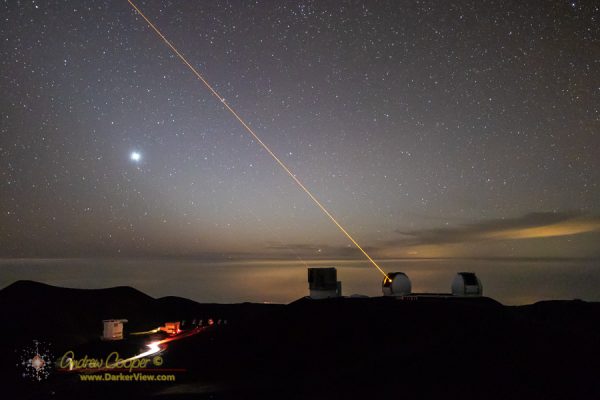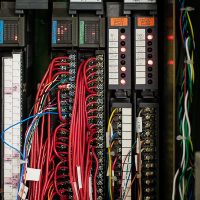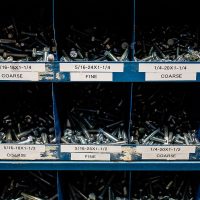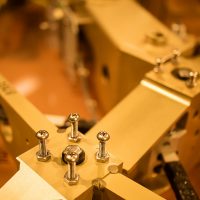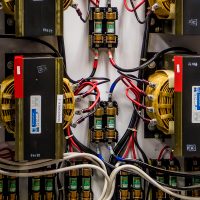
Tag: observatory
Summit Observatories
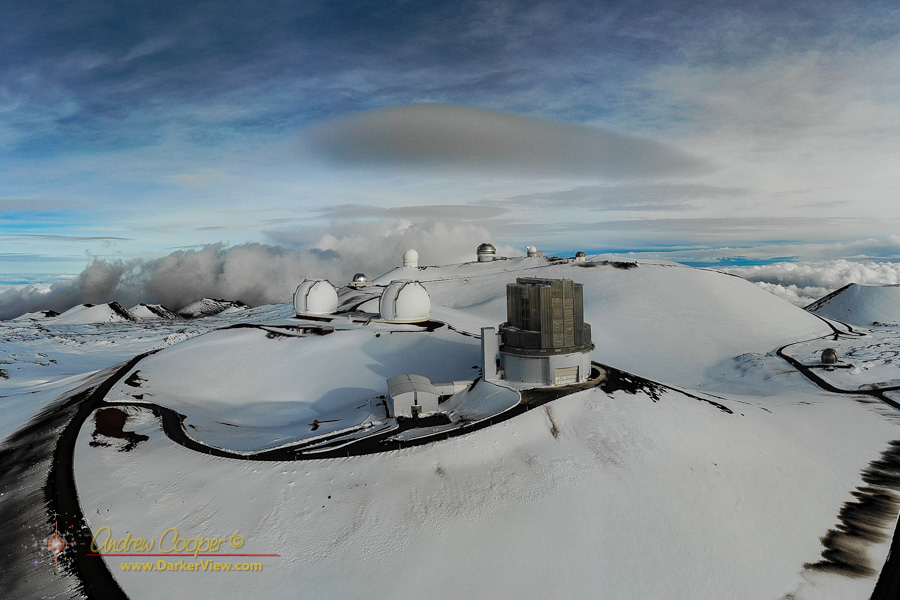
Telescope Technicians Denied Access

There is a developing maintenance situation at Gemini, a cooling system is failing putting very valuable equipment at risk. To deal with Gemini sought and received permission from both the state and the protesters to send a crew up that mauna to perform emergency maintenance.
Long story short, the protesters failed to honor their agreement today…
At approximately 7:45 a.m. on Tuesday, July 23, a car containing technicians from Gemini Observatory was stopped by activists from entering the Maunakea Access Road. The observatory had been assured access the previous day in conversation with law enforcement, and the Office of Maunakea Management. Despite prior public statements indicating observatory technicians would not be denied access to the telescopes, activists today contradicted their earlier position. Activists told observatory personnel that without a formal, public letter from the observatories – supporting activists’ demands of the state – access for critical technical maintenance is no longer supported.
Official statement from the Maunakea Observatories
Upon initial approach, the car of technicians was initially waived through the bamboo gate; the driver stopped to speak with an official from the Office of Maunakea Management, at which point a kupuna approached the car, stating that access was not to be allowed. Five additional activists then moved to stand in front of the car. This denial of access was contrary to the understanding of access approval by the Gemini crew members and the individual who had initially opened the gate.
The car of technicians respectfully pulled to the side of the road at the request of the activists and waited for approximately 45 minutes. During that time, activist leaders indicated that they were working to determine whether the technicians should be allowed access.
Eventually, the Gemini crew members elected to turn back, given the uncertainty of eventual access. The crew was flagged down on their way away from the access point with an appeal from activists to continue to wait. The crew stopped to speak with the activists briefly before continuing to the Gemini base facility in Hilo.
The Maunakea Observatories continue to support the efforts of state and county law enforcement to restore safe and reliable access to the access road.
About the planned technical work at Gemini Observatory today:
Gemini Observatory uses gaseous helium in a cooling circuit to maintain stable low temperatures for two highly-delicate instruments used in astronomical observations. The cooling system has become unstable, which requires specialized technicians to shut down in order to prevent damage to the instruments and the cooling circuit itself.
The observatory personnel planned to shut off the compressors, move one instrument at risk to a separate cooling circuit, shut down the second, disconnect specific joints in the cooling system, and perform a standard facility inspection that is usually conducted on a daily basis during normal operations. The planned technical work would have taken approximately three hours; the crew would have then come directly back to their Hilo base facility.
On social media the protesters are trying to deny the event, claiming that the state is truly responsible. This is contradicted by the statements of the protest’s official spokesman who put his account of the incident into his daily video report.
In the report Kahoʻokahi Kanuha makes it clear that he was attempting to negotiate with the maintenance crew, asking for a statement supporting the protesters. The crew has no authority to negotiate, no authority to make statements or agreements for others. When this occurred they left as it was clear the protesters had failed to honor their agreements.
Will TMT use nuclear power?
I truly cannot believe I am writing this. But the question is getting asked over and over on social media. The claim that TMT will use some for of nuclear power is apparently believed in some parts of the protest community.

What will power TMT? HELCO
TMT will draw power from the local power grid like every other telescope. There is an underground power line run up the side of the mauna from the cross island transmission line in the Saddle.
Continue reading “Will TMT use nuclear power?”An Open Letter from the Observatories of Mauna Kea
The observatories that call Mauna Kea home have written an open letter to the community expressing our position on the ongoing events in our local community…
Aloha to our scientific colleagues around the world,
On behalf of the more than 500 people employed by the Maunakea Observatories, we offer a perspective about the Maunakea situation with the sincere hope that our words encourage greater understanding of the complex circumstances in which we find ourselves.
Staff members of the Maunakea Observatories, many of whom are born and raised in Hawaiʻi, feel a deep and personal connection to the special people and place of our Hawai‘i Island home. We live and work together in a community where our success is measured by the quality of our relationships, one of the paramount reasons life here is enriching, rewarding and inspiring. Even in conflict, our differences don’t define us; our humble, reverent appreciation of our community does. The diverse mix of scientists, technicians, engineers, administrators, and students of the Maunakea Observatories continually seek a path forward that strengthens the future of our island community. Our local staff, family members, and friends have a wide range of views and strong feelings about the events that surround us. We deeply respect all these viewpoints, which come from our family and friends, and we both believe and champion their right to express them.
In our community, we are weathering the pain of rifts in these carefully tended relationships that will take mutual respect and time to heal. We know these challenges across our island home have gained attention with our peers in the international astronomy community. We understand your expressed concerns. We also urge your appreciation of the nuances and complexity of the issues we now face.
The future of Maunakea astronomy will be defined primarily by the diverse people of Hawaiʻi. The vast majority of island residents support the Maunakea Observatories, who have been part of this community for more than 50 years. Conflict about the Thirty Meter Telescope does not change the long-standing support our Observatories have earned, but it will undoubtedly influence its future. For the benefit of the people who work on the mountain, for those who practice their culture and religion on the mountain, we look to a future beyond coexistence because that still implies barriers. We look to a future in which knowledge and worldviews hybridize to create a reality more beautiful and resilient than its progenitors.
This is beginning already, through A Hua He Inoa, the interstellar asteroid ‘Oumuamua, black hole Pōwehi, and the unusual asteroids recently officially named Kamo‘oalewa and Ka‘epaoka‘awela by Hawaiian students. We look to a future for Maunakea where studies of the universe are buoyed by the wisdom of Hawaiian kupuna and grounded in the richness of Hawaiian culture. We are nurturing this future now as devoted members of the Hawaiʻi Island and international astronomy communities. We ask for the informed understanding and support of our international astronomy community to uphold this vision, which we believe will be an important part of everyone’s future.
Mahalo,Director Doug Simons, Canada-France-Hawaii Telescope
Director Pierre Martin, Hoku Kea Observatory
Director Jennifer Lotz, Gemini Observatory
Director Paul Ho, James Clerk Maxwell Telescope (East Asian Observatory)
Interim Director Robert McLaren, Institute for Astronomy
Director John Rayner, NASA Infrared Telescope Facility
Director Michitoshi Yoshida, Subaru Telescope
Director Klaus Hodapp, UKIRT
Director Hilton Lewis, W.M. Keck Observatory (Keck I and Keck II)
Segment Exchange
Lasing the GC
40″ Nickel Telescope
W. M. Keck Observatory Achieves First Light with New Instrument
W. M. Keck Observatory press release…
W. M. Keck Observatory overnight captured the very first successful science data from its newest, cutting-edge instrument, the Keck Cosmic Web Imager (KCWI).

“I’m thrilled to see this new instrument,” said Keck Observatory Director Hilton Lewis. “It takes years to design and build these very sophisticated instruments. KCWI is a superb example of the application of the most advanced technology to enable the hardest science. I believe it has the potential to transform the science that we do, and continue to keep Keck Observatory right at the forefront of astronomical research.”
KCWI is extremely sensitive, specifically designed to capture high-resolution spectra of ultra-faint celestial bodies with unprecedented detail. It is able to differentiate even the slightest changes in spectral color with a great degree of accuracy.
This powerful capability is key for astronomers because a highly-detailed spectral image allows them to identify a cosmic object’s characteristics, including its temperature, motion, density, mass, distance, chemical composition, and more.
Continue reading “W. M. Keck Observatory Achieves First Light with New Instrument”
Observatory Still Life Gallery
Often you just need to take note of the small scenes that make up daily life. Over the years I have made an effort to photograph these scenes, there is so much richness in our everyday existence that too many do not notice…

